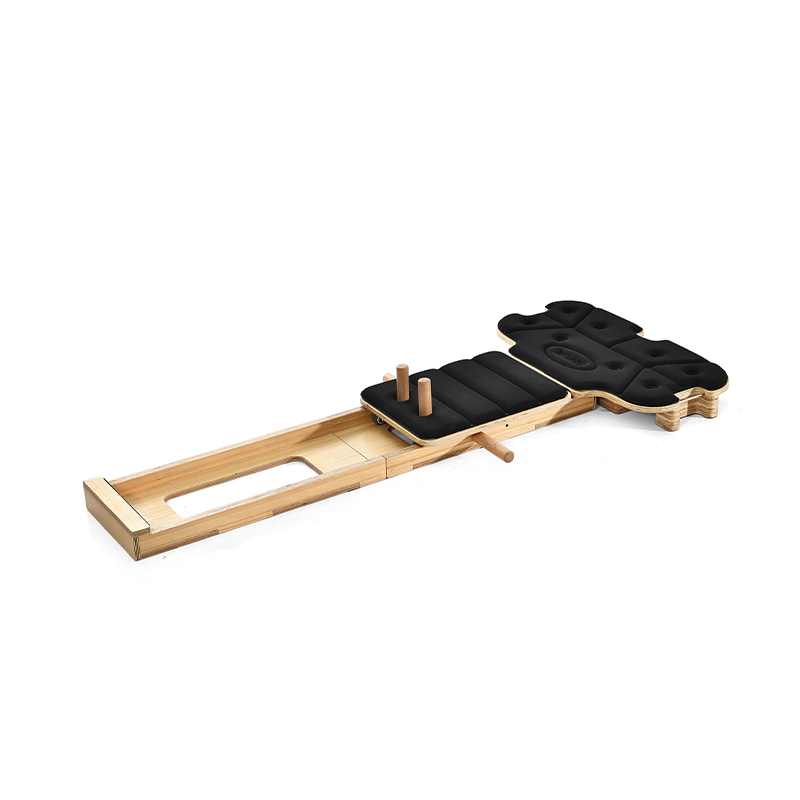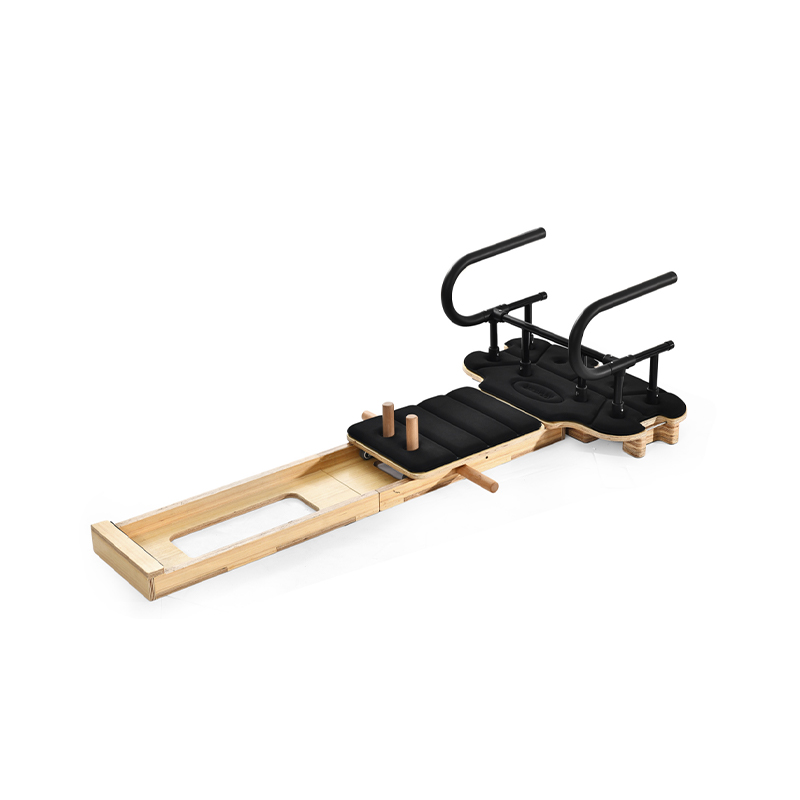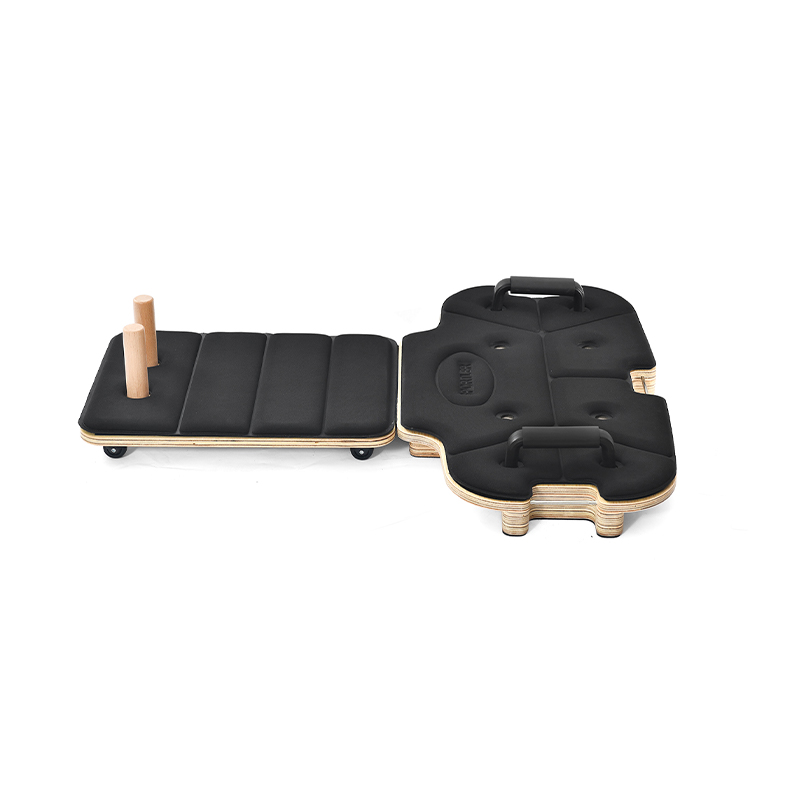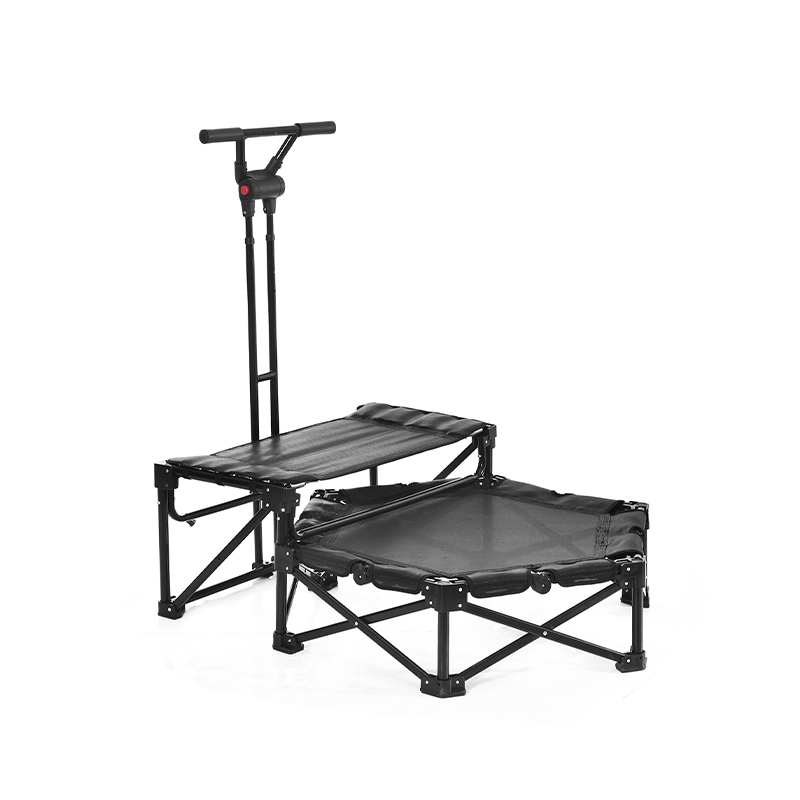The single functional dynamic grip trainer equipment is a specialized tool designed to improve hand strength, dexterity, and overall grip performance. It is widely used by athletes, musicians, rehabilitation patients, and individuals seeking to enhance manual functionality. This equipment targets the muscles and tendons in the fingers, hands, and forearms, supporting both strength development and fine motor skills.
Unlike traditional static grip trainers that rely on fixed resistance, dynamic grip trainers provide variable resistance through adjustable tension or springs. This feature allows users to perform controlled, repetitive squeezing motions that engage a broad range of hand muscles. The dynamic nature of the exercise promotes muscle endurance and responsiveness, which can be beneficial for daily activities requiring grip strength.
One of the key advantages of single functional grip trainers is their portability and ease of use. Compact and lightweight, they can be conveniently carried in bags or pockets, enabling users to incorporate hand exercises throughout the day. Whether at work, home, or during travel, this equipment allows for consistent training without the need for bulky machinery.
The ergonomic design of more dynamic grip trainers ensures comfort and reduces the risk of strain or injury. Handles are often coated with non-slip materials, providing a secure grip during exercise sessions. Additionally, the equipment’s shape is designed to fit naturally in the hand, supporting proper wrist alignment and small undue pressure.
Regular use of a dynamic grip trainer supports various benefits beyond simple muscle strengthening. Improved grip strength enhances performance in sports such as rock climbing, tennis, and golf, where hand control and endurance are critical. Musicians also benefit by developing finger strength and dexterity necessary for playing instruments with precision.
In rehabilitation settings, grip trainers are valuable tools for recovering hand function after injuries, surgeries, or neurological conditions. Controlled exercises can aid in restoring muscle tone, reducing stiffness, and improving coordination. Physical therapists often recommend grip trainers as part of comprehensive hand therapy programs.
Safety during use is important to consider. Users should start with appropriate resistance levels and gradually increase intensity as strength improves. Overexertion or improper technique may pilot to discomfort or injury. It is advisable to consult with a healthcare professional if the equipment is used for rehabilitation purposes.
Maintenance of grip trainer equipment is straightforward. Cleaning the handles regularly with a damp cloth helps maintain hygiene, especially when used frequently or shared among users. Inspecting the mechanical components for wear or damage ensures consistent performance and safety.
Integrating grip training into daily routines is simple and effective. Short sessions lasting a few minutes several times a day can yield noticeable improvements over time. Combining grip exercises with wrist stretches and forearm workouts can provide comprehensive upper limb conditioning.
In addition to physical benefits, enhancing grip strength contributes to functional independence in daily tasks such as opening jars, carrying bags, or typing. Stronger hands can reduce fatigue and improve confidence in performing manual activities, especially as people age.
Overall, single functional dynamic grip trainer equipment offers a practical and versatile solution for developing hand strength and dexterity. Its adjustable resistance, ergonomic design, and portability make it accessible for a wide range of users, from fitness enthusiasts to those undergoing rehabilitation.


 English
English русский
русский Español
Español







